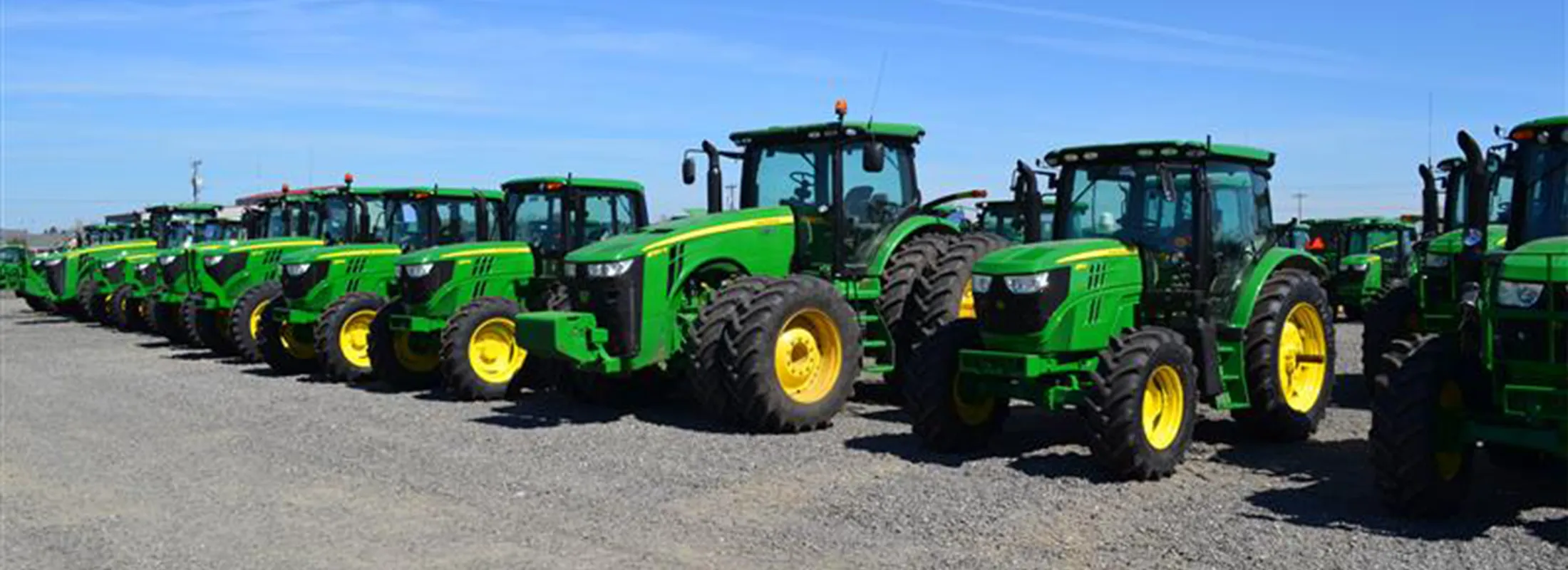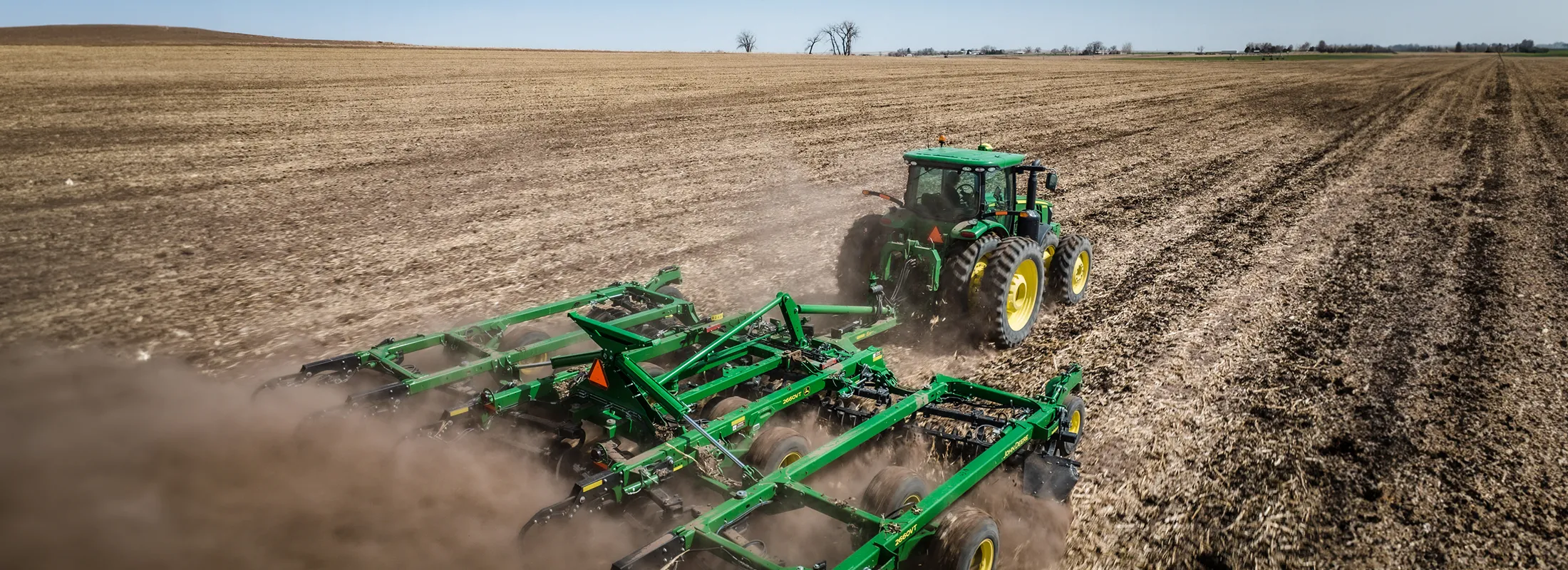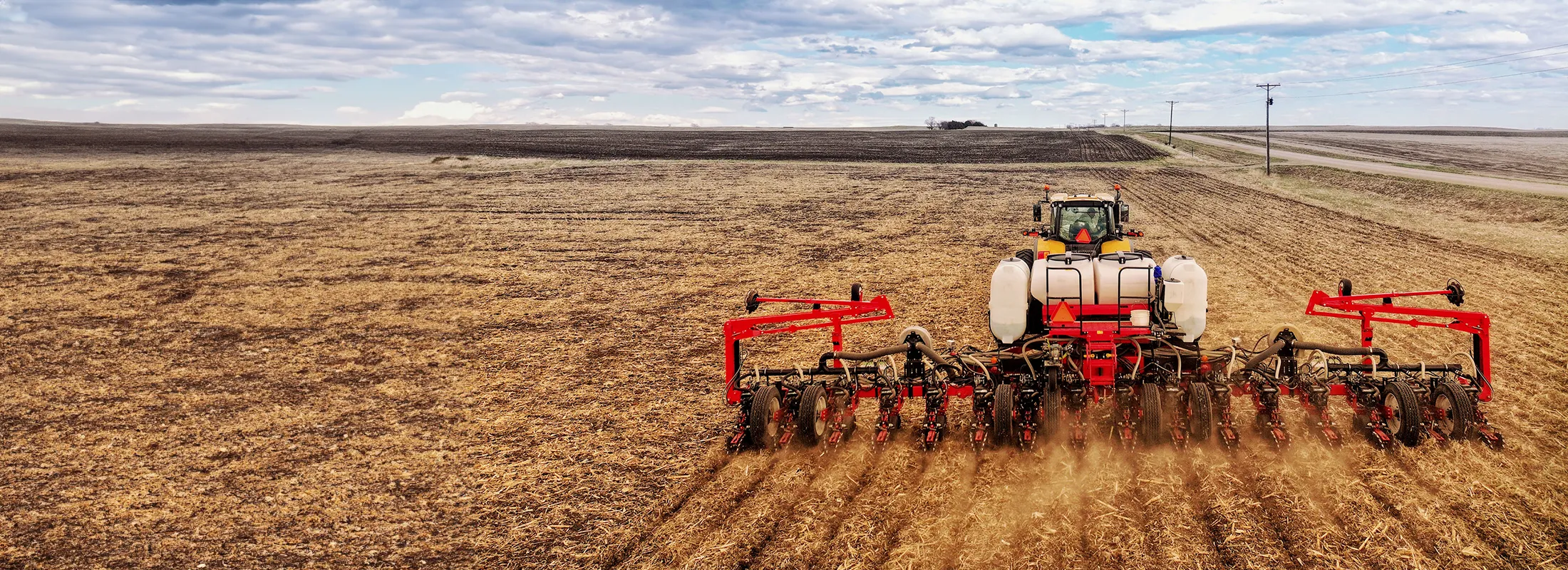The Road to 2025: Inventory Glut and the Correction Cycle
To understand today's market, we must rewind to 2023, when the floodgates opened. Equipment deliveries had been delayed for over two years due to global supply chain disruptions. When those bottlenecks finally cleared, manufacturers released nearly two-and-a-half years' worth of machines into the market.
Dealers who had spent much of 2021 and 2022 starved for inventory suddenly found themselves overwhelmed. Lots that were once bare became crammed with used equipment. For context, the inventory on the ground in early 2025 mirrors the levels we saw in 2014, just before the last major correction cycle.
This influx of inventory has had cascading effects. New equipment prices have jumped between 40% and 70% since 2017, while interest rates have surged 212%. That means not only are machines more expensive, but the cost of carrying them has become crushing.
Buyers are now pausing to ask a critical question: Is exchanging a low-interest-rate machine for a higher-interest-rate newer unit, with higher payments and steeper depreciation, worth it? For many, the answer is no.
Meanwhile, dealerships hemorrhage tens of thousands of dollars daily to finance existing inventory. That pressure drives significant operational changes: expense cuts, aggressive inventory reduction strategies and a renewed emphasis on parts and service to stabilize cash flow.
Strategic Buying in a Shifting Market
These market forces also create a strategic window for producers. What we're seeing in 2025 mirrors the post-recession dynamics of 2009-2011. Back then, manufacturers had pulled back hard during the Great Recession. Production dropped off, and late-model used equipment became incredibly scarce. Once demand rebounded, manufacturers couldn't scale fast enough. Lead times stretched, and used machines spiked in value.
At the same time, tax incentives and high farm income injected liquidity into the producer base. The result? Machinery sales exploded, peaking between 2011 and 2013. But that surge created a surplus. By 2014, supply outpaced demand, and declining commodity prices triggered a prolonged market downturn through 2017.
Today, we're setting up for a similar cycle. OEMs are once again behind the curve. Labor force rebuilding, plant optimization, and capacity ramp-up take time. At best, manufacturers may be able to fulfill 2026 orders for 2027 delivery. That means used equipment — particularly late-model, low-hour machines — will remain in high demand for at least 18-24 months.
As demand strengthens, used values will stabilize and likely rise. This benefits both producers looking for quality equipment without the risk of new-price depreciation and dealers who need to convert inventory into liquidity. For the first time in nearly two years, we're entering a period where used iron may appreciate — or at least hold steady — against the weight of economic uncertainty.
The Current Moment: April's Market Realignment
April 2025 offered a much-needed dose of reality. Activity slowed across the board, suggesting that we've reached the trough of this economic cycle. While that may feel like stagnation, it's a sign that we've hit bottom, and markets tend to move more rationally from that point forward.
Dealers are beginning to respond accordingly. Auction activity has remained relatively subdued since mid-2024 and is picking up again, not because of desperation but necessity. Auctions remain one of the fastest ways to create liquidity, and dealers who act early, before the expected Q3 rush, are likely to capture more substantial returns.
The data backs this up: April auctions outperformed expectations. It's not just about the hammer price; it's about timing. Being first in line is a clear advantage in an oversupplied market.
Looking forward, inventory levels are projected to climb again by late summer. As harvest nears, trade-ins will return to the pipeline, putting short-term pressure on used values. But that only reinforces the urgency: now is the time for dealers to reset their inventories, recalibrate their pricing strategies and prepare for elevated Q4 2025 and Q1 2026 buying.
Innovation in Response: Smarter Selling, Better Systems
This shifting landscape pushes the industry toward more innovative, creative solutions. Progressive dealers and auction platforms are moving beyond static listings and adopting integrated, multichannel distribution models. They're bundling services, offering in-house financing and leveraging digital platforms to create exposure across retail, wholesale and auction networks.
These strategies don't eliminate the challenges of oversupply, but they offer new control levers. Visibility matters, and so does speed. In today's market, the dealers who win are the ones who move quickly, market creatively and manage risk instead of avoiding it.
Meanwhile, parts and service departments continue to anchor profitability. With retail sales slowing, dealership absorption rates matter more than ever. Service contracts, preventative maintenance programs and seasonal repair packages are keeping cash flow consistent. This is where the dealership model proves its resilience: When one pillar weakens, the others pick up the load.
Final Thoughts: The Opportunity Ahead
This isn't a time for panic — it's a time for preparation. The chaos of 2023 and 2024 will give way to a more stable, predictable used equipment market. That doesn't mean it's easy. But it does mean that those who understand the cycles, manage their inventories smartly and engage the market with purpose can come out stronger.
We're not headed for a crash — we're resetting the floor. As demand increases, especially for late-model equipment, liquidity will return. That shift, already underway, will define the 2025-2027 cycle.
Producers who understand the value of used equipment in today's high-interest environment will make better purchasing decisions. Dealers focusing on inventory velocity, multichannel marketing and operational efficiency will regain margin.
The entire industry will move forward — not in a straight line but with deliberate progress. In iron, there are always cycles. The winners are the ones who know how to read them — and act before the rest.








